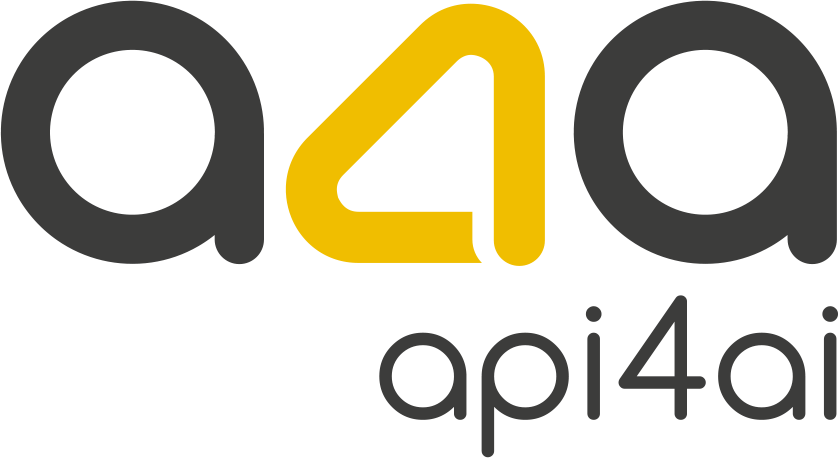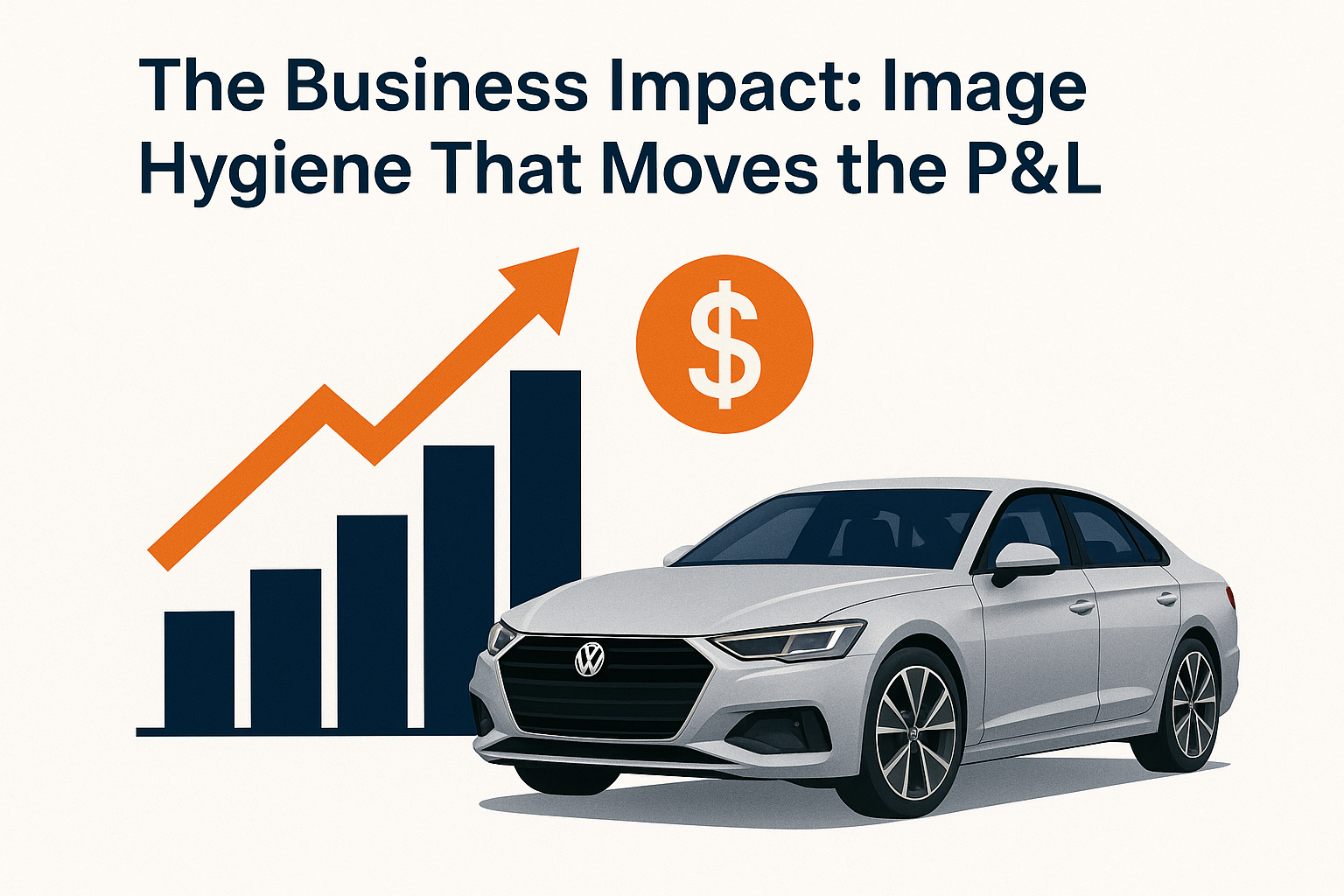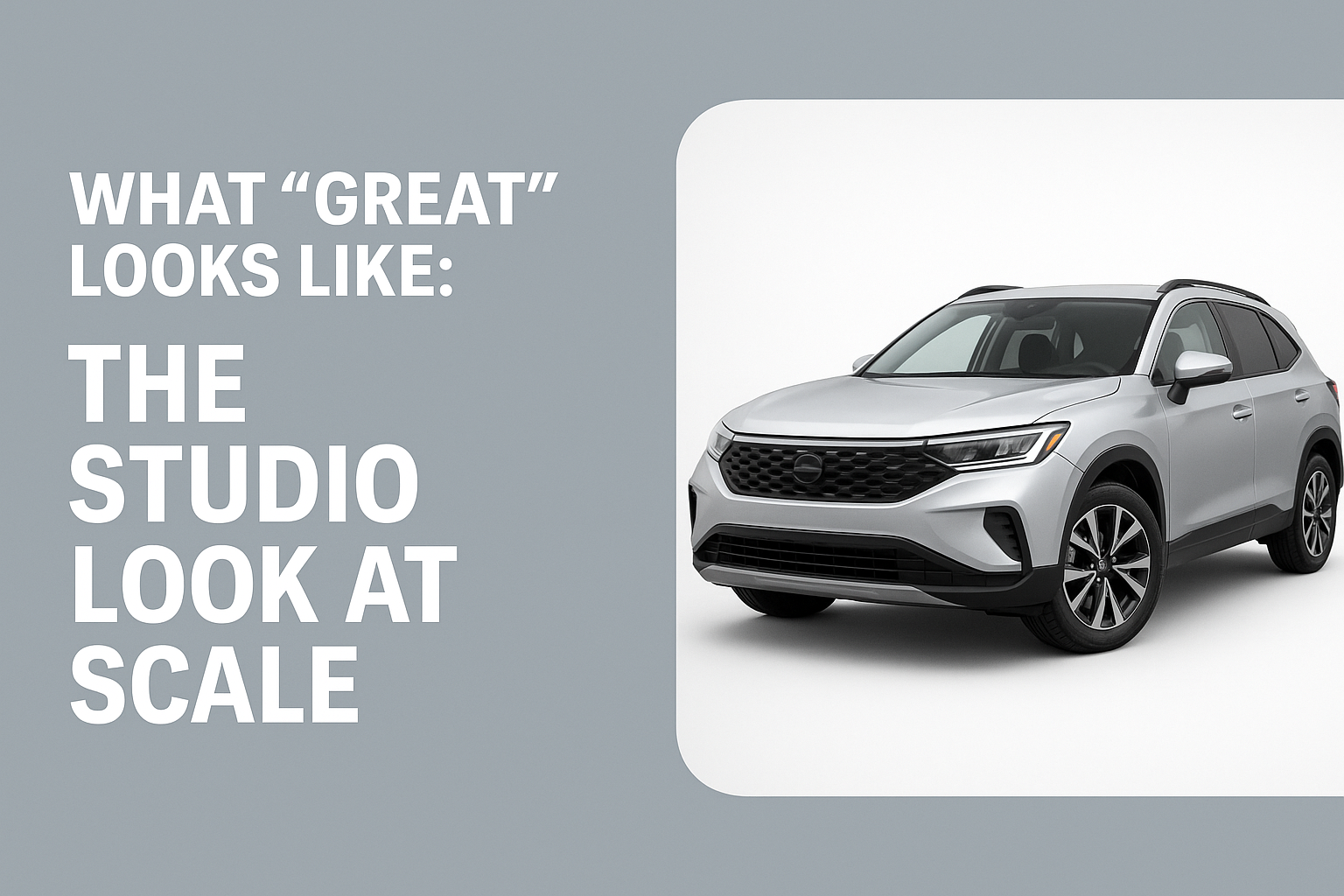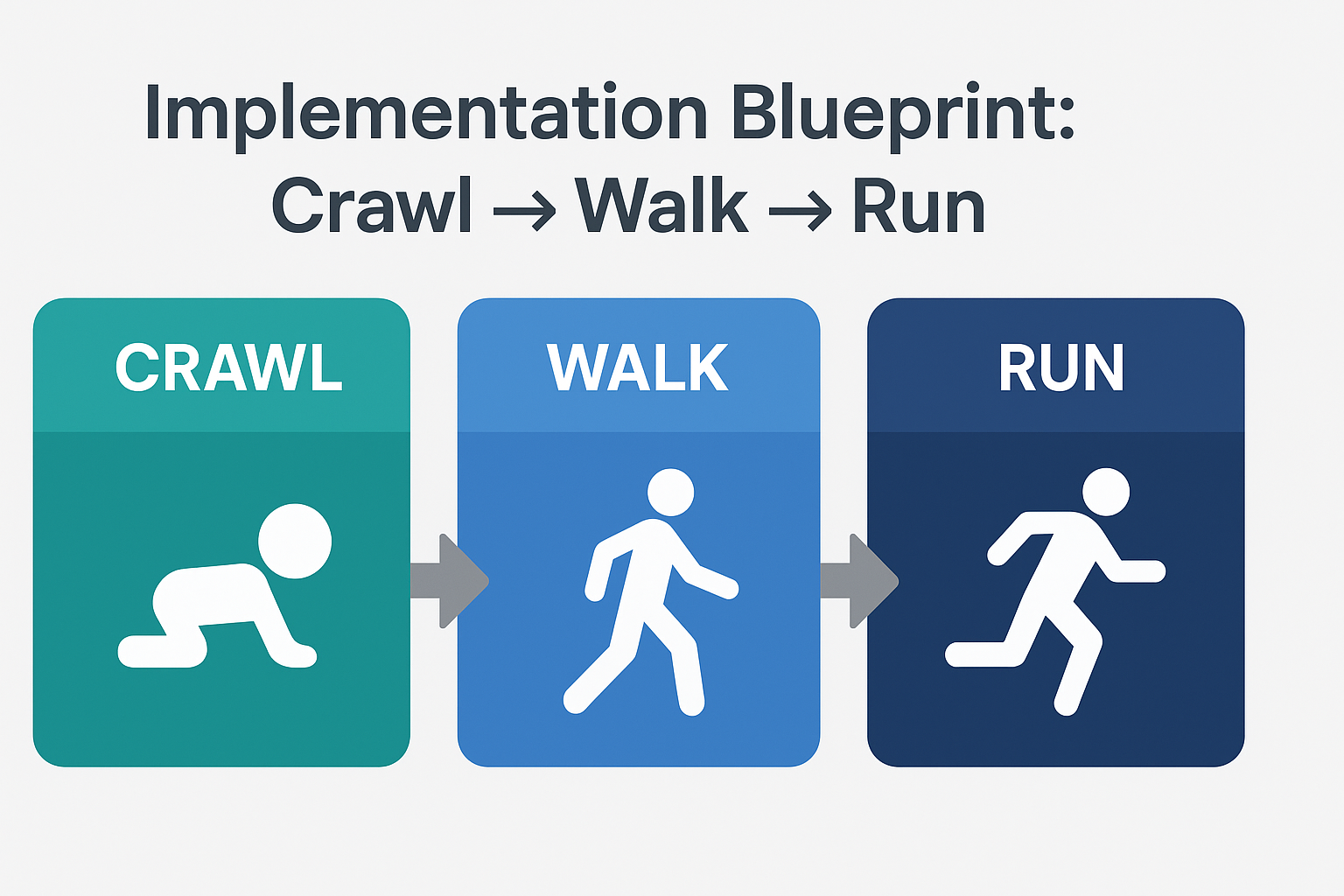Dealership Photos That Convert: Clean Backgrounds Win
Introduction
In today’s hyper-competitive automotive retail market, vehicle merchandising is no longer just about listing inventory — it’s about winning the click before your competitors do. The reality is that potential buyers make split-second judgments while scrolling through Search Results Pages (SRPs) on marketplaces and dealership websites. In those few moments, the visual presentation of each thumbnail determines whether the buyer clicks into your Vehicle Detail Page (VDP) or keeps scrolling.
Yet, too many dealerships still rely on quick snapshots taken on crowded lots, with busy backgrounds full of other vehicles, light poles, signage, and random objects. These visual distractions pull the shopper’s eye away from the product, dilute perceived value, and make even a well-priced, well-conditioned car feel ordinary. In digital merchandising, “ordinary” means lower click-through rates, fewer leads, and longer days-to-turn.
The opportunity is straightforward: clean, consistent backgrounds create a premium “studio look” for every vehicle photo — without the cost, complexity, or logistics of an actual photo studio. By removing clutter and standardizing presentation, the vehicle itself becomes the sole focus, projecting quality, care, and professionalism. This not only boosts consumer trust but also strengthens brand perception across all touchpoints, from SRPs to advertising campaigns.
The shift toward clean-background imagery is more than just an aesthetic choice. For C-level executives, it represents a controllable and measurable lever for improving core performance metrics: higher SRP-to-VDP click-through rates, increased lead submission rates, faster inventory turnover, and reduced floorplan costs. When scaled across hundreds or thousands of listings, even small gains in CTR can compound into meaningful revenue impact.
Advances in AI-powered image processing — such as Car Image Background Removal solutions — now make it possible to implement this strategy at scale, automatically and in near-real time. These tools eliminate the need for manual Photoshop work, integrate directly into existing photo workflows, and produce consistent, brand-compliant images in seconds. For leadership teams, this means a low-friction, high-return initiative that can be rolled out incrementally, tested for ROI, and scaled across the entire dealer group.
In the sections that follow, we’ll examine the revenue mechanics behind cleaner vehicle imagery, define what “studio quality” means in the automotive context, explore the technology pipeline that makes it possible, and outline an implementation roadmap that minimizes disruption while delivering measurable results.
The Business Impact: Image Hygiene That Moves the P&L
For automotive retail leaders, image presentation is more than a marketing preference — it’s a performance lever that directly influences revenue, margins, and operational efficiency. While pricing strategy, inventory mix, and lead management often dominate executive discussions, visual merchandising is an underutilized tool with measurable financial impact.
How Backgrounds Influence Buyer Behavior
In the crowded environment of automotive marketplaces, buyers scroll through dozens of thumbnails at speed. Human attention is naturally drawn to simplicity and clarity; cluttered images force the brain to filter distractions, while clean backgrounds allow the subject — your vehicle — to dominate focus. When the buyer’s eye locks onto the car instead of its surroundings, curiosity rises and click-through rates (CTR) increase.
Clean, consistent imagery also functions as a brand signal. To a consumer, a dealership with uniform, high-quality photos appears more professional, more trustworthy, and more detail-oriented. This perception influences the willingness to click through, spend more time on a VDP, and engage with lead forms or chat tools. Even without changing price, vehicles with “studio look” images often command stronger interest and face less price negotiation pressure.
The Revenue Chain Reaction
Top of funnel: Higher SRP CTR means more buyers landing on your VDPs without additional advertising spend.
Mid funnel: With better first impressions, shoppers engage longer, review more photos, and are more likely to initiate contact.
Bottom line: More leads and higher conversion rates translate into faster inventory turnover, reduced floorplan interest costs, and stronger gross margins.
The gains compound. If a cleaner image strategy delivers even a modest 0.5 to 1 percentage point CTR lift, the incremental VDP visits, multiplied across your entire inventory and month after month, can generate a measurable revenue boost. In competitive markets, that lift can be the difference between meeting and missing monthly sales targets.
Marketplace Algorithm Advantage
It’s not just buyers who respond positively — so do the platforms. Many marketplaces use engagement signals, like CTR and dwell time, to determine which listings to surface more prominently. High-performing imagery can trigger algorithmic preference, increasing your organic visibility and creating a feedback loop: better photos → more clicks → higher placement → even more clicks. This advantage reduces the need for costly promotional boosts or featured listing fees.
The Executive Case for Action
From a C-suite perspective, clean-background imagery is a low-risk, high-return initiative. The technology to deliver it — such as AI-driven Car Image Background Removal — is mature, scalable, and integrates into existing workflows without heavy capital investment. Costs are predictable and easy to benchmark against performance lift. Most importantly, the impact is measurable within weeks, giving leadership clear visibility into ROI.
In essence, background cleanup isn’t just cosmetic. It’s a merchandising optimization that connects directly to KPIs executives care about: lead volume, days-to-turn, cost per lead, and gross per unit. And unlike many initiatives competing for budget, this one delivers tangible results without requiring a complete overhaul of sales or marketing operations.
What “Great” Looks Like: The Studio Look at Scale
For automotive retailers, achieving a “studio look” isn’t about turning every lot into a high-end photo bay. It’s about delivering a consistent, professional standard of imagery across every vehicle, every rooftop, and every platform — at a scale that aligns with operational realities. When executed correctly, this consistency elevates the perceived value of your inventory, strengthens brand equity, and maximizes digital merchandising performance.
Defining the Studio Look
The studio look creates an environment where the vehicle is the undisputed focal point. Every visual element — from framing to lighting to background — is intentional and consistent. The result is an image set that makes even a mid-range pre-owned sedan feel as premium as a flagship model.
Key elements include:
Consistent angles and framing: A primary “hero” shot, often a 3/4 front angle, establishes visual impact. Supporting images follow a set order — side profile, rear 3/4, interior wide shots, detail close-ups — so shoppers know what to expect.
Neutral, clutter-free backgrounds: Subtle gradients, clean white, or branded neutral tones keep focus on the vehicle while maintaining visual harmony across the inventory.
True-to-life color and lighting: Correct exposure and white balance ensure that paint colors appear accurate and surfaces are free of distracting glare or shadows.
Mobile-first composition: Crops and aspect ratios are optimized for how images appear in marketplace thumbnails and dealership websites, ensuring vehicles remain centered and prominent even on small screens.
Trust, Compliance, and Brand Integrity
Beyond aesthetics, a professional image standard addresses operational and legal concerns:
Privacy protection: License plates and faces should be anonymized automatically to comply with privacy regulations and avoid accidental data exposure.
Brand alignment: Removing stray logos, dealership signage, or competitor branding prevents unintentional advertising for other businesses and ensures every image aligns with your brand identity.
Policy compliance: Some marketplaces have strict rules about watermarks, backgrounds, or overlays. Consistent adherence protects your listings from takedowns or demotions.
Data-Driven Merchandising
High-quality imagery is also a data asset. By embedding structured information — such as year, make, model, and trim — into alt text, filenames, or associated metadata, you improve discoverability in both marketplace search algorithms and organic search engines. This structured approach also makes it easier for analytics tools to correlate imagery quality with performance metrics, creating a feedback loop for continuous improvement.
Why Consistency Wins
From a C-level perspective, the real power of the studio look lies in consistency. A one-off beautiful shot may help a single listing, but uniform quality across an entire inventory sends a powerful market signal: this is a dealership group that invests in presentation, values customer experience, and operates at a higher standard. That perception translates directly into competitive differentiation, higher shopper confidence, and — over time — better margins.
When scaled effectively using automation and AI-powered background removal tools, this standard becomes not just a marketing initiative but a core operational capability, one that can be rolled out across multiple rooftops without slowing intake or adding headcount. In the next section, we’ll explore how cloud vision technologies make that possible.
The Tech Pipeline: From Lot to “Studio” Using Cloud Vision APIs
Creating a premium, studio-quality image set for every vehicle doesn’t require a physical studio or a large in-house editing team. Today, the process can be fully automated using AI-powered cloud vision APIs that fit seamlessly into your existing workflows. For executives, the value lies in deploying a technology stack that is fast, scalable, measurable, and requires minimal operational disruption.
Step 1: Capture and Intake
The pipeline begins at the moment of photography — whether that’s a dedicated photo bay, a dealer lot, or even a mobile capture station. Images can be uploaded directly from DSLR cameras, smartphones, or fixed-lens setups into a watch folder, dealer photo app, or Digital Asset Management (DAM) system.
Smart intake workflows can run immediate quality checks for issues such as blurriness, poor lighting, or incorrect framing. This ensures only usable images proceed through the pipeline, reducing wasted processing costs and preventing low-quality content from reaching buyers.
Step 2: Background Removal and Normalization
Once captured, images move to the processing stage where background clutter is automatically removed and replaced with a clean, consistent backdrop. This is where a Car Image Background Removal API excels, leveraging vehicle-specific segmentation models to precisely isolate the car and preserve important details such as mirrors, wheels, and antennae.
Background replacement can be standardized across the dealership group — for example, a neutral gradient, branded backdrop, or seasonal theme. Automatic shadow generation can be applied to maintain realism and avoid the “floating car” effect common in low-quality edits.
Step 3: Enrichment and Safeguards
Clean backgrounds are only part of the equation. Additional AI-powered enhancements ensure compliance, brand integrity, and shopper trust:
Image Anonymization API and Face Detection & Recognition API automatically blur license plates and faces, ensuring privacy compliance.
Brand Mark and Logo Recognition API detects and removes unintended logos or signage, maintaining visual and brand consistency.
OCR API can extract information from window stickers or documents in the photo, automatically feeding metadata such as VIN, trim, or special features into listing descriptions.
Object Detection or Image Labelling APIs verify the presence of required angles, flag missing interior shots, or detect issues such as open doors or clutter inside the car.
NSFW Recognition API acts as a safeguard against inappropriate content, protecting the dealership’s reputation and avoiding platform penalties.
Step 4: Delivery and Integration
After processing, images are automatically delivered to the appropriate destinations — dealership websites, marketplaces, advertising platforms, or internal asset libraries. Multiple versions can be generated from a single master image to fit SRP thumbnails, VDP hero banners, and social ads, all while maintaining aspect ratios and quality.
This stage can also embed structured metadata for SEO, marketplace search optimization, and performance analytics. Every processed image is archived with an audit trail for compliance, dispute resolution, or brand quality reviews.
Step 5: Custom Development for Competitive Edge
While off-the-shelf APIs meet the needs of most dealerships, larger groups or OEM-aligned operations may benefit from a custom-built pipeline. This can include proprietary background designs, integration with internal photo scheduling systems, or on-premises processing for ultra-low latency. Though custom solutions require a higher initial investment, they can reduce long-term costs, eliminate vendor lock-in, and create a differentiated visual identity competitors cannot easily replicate.
For leadership, this technology pipeline offers more than image cleanup — it’s an operational capability that combines brand consistency, compliance, and merchandising effectiveness into a repeatable, automated process. The result is a scalable system that improves buyer engagement, accelerates time-to-market, and enhances the dealership’s competitive positioning without overburdening staff or budgets.
Implementation Blueprint: Crawl → Walk → Run
For C-level executives, the key to adopting a studio-quality photo strategy isn’t just in selecting the right technology — it’s in executing a rollout that delivers measurable ROI quickly, minimizes operational friction, and scales without costly rework. A phased approach ensures that your team can test, refine, and expand with confidence.
Phase 1: Crawl — Controlled Pilot for Proof of Value (2–4 Weeks)
Start with a small, measurable test that proves the commercial impact before committing to group-wide rollout.
Select pilot rooftops or inventory segments — for example, 200 vehicles from 1–2 dealerships.
Apply the clean-background workflow to only the hero image of each listing, keeping the rest unchanged.
Run an A/B test: compare SRP click-through rates, VDP engagement time, and lead form submissions between enhanced and baseline listings.
Monitor operational metrics such as processing speed and staff workload impact.
This initial step gives leadership hard data to justify scaling, while allowing teams to adapt without overwhelming daily operations.
Phase 2: Walk — Expanding Scope and Automation (1–2 Months)
Once the pilot confirms positive performance lift, expand both the number of images processed per vehicle and the number of participating rooftops.
Standardize full photo sets (8–12 angles) for every listing.
Integrate automatic plate and face anonymization to meet privacy compliance without adding manual steps.
Ensure the pipeline outputs marketplace-ready formats and aspect ratios to eliminate the need for post-processing.
Link the workflow with your inventory feed or Dealer Management System (DMS) so updated images are automatically pushed to websites and third-party platforms.
Begin dashboarding performance so executives can view CTR, lead rate, and days-to-turn improvements in near-real time.
At this stage, the workflow becomes a core merchandising process rather than an experimental project.
Phase 3: Run — Enterprise-Scale Standardization and Optimization (Quarter 1 and Beyond)
With a proven, automated system in place, focus shifts to scaling consistently across all rooftops and refining for competitive advantage.
Establish service-level agreements (SLAs) for throughput and latency, ensuring every new vehicle listing receives processed images within hours of photography.
Deploy centralized brand templates to maintain visual consistency group-wide, even across geographically dispersed teams.
Introduce seasonal or campaign-based backgrounds for targeted promotions, without breaking the visual standard.
Implement exception handling protocols so flagged images (e.g., incorrect angles, poor lighting) are automatically routed for review or re-shoot.
Evaluate opportunities for custom development to reduce long-term per-image costs, integrate with proprietary systems, or create a distinctive visual identity competitors cannot replicate.
Change Management and Governance
Technology adoption is only as strong as the operational buy-in behind it. Successful rollouts include:
Clear photographer guidelines: standardized angles, lighting conditions, and equipment usage.
Training for intake staff: how to verify processed images before they go live.
Periodic audits: ensure every rooftop adheres to standards and no listings revert to inconsistent imagery.
Performance reviews: quarterly analysis of CTR, VDP engagement, and sales lift attributable to the imagery upgrade.
By following this phased blueprint, leadership gains the ability to de-risk adoption, confirm ROI early, and build a merchandising asset that scales efficiently. The result is a sustained competitive advantage — one that delivers measurable improvements in buyer engagement and sales velocity without requiring disruptive operational changes.
Risk, Compliance & IT Considerations (What Leadership Asks First)
For executives, the promise of clean-background vehicle imagery is compelling — but adoption decisions are rarely made on marketing potential alone. Leadership must weigh compliance requirements, brand governance, IT security, and total cost of ownership before greenlighting any new operational standard. Addressing these factors upfront ensures that the initiative delivers results without introducing unnecessary risk.
Privacy and Legal Obligations
Modern dealership photography often captures more than just the vehicle. License plates, customer faces, staff members, and even passers-by can appear in the frame. These elements introduce privacy risks that can lead to regulatory violations or reputational damage if mishandled.
Automated plate and face anonymization ensures compliance with data protection laws without adding manual workload.
Configurable retention policies for both original and processed images help meet regional privacy requirements and internal governance standards.
Brand and Marketplace Compliance
Consistency in visual presentation is not just a design choice — it protects your brand and prevents costly marketplace issues.
Logo and signage removal avoids inadvertently advertising competitors or non-approved brands.
Adhering to marketplace image guidelines reduces the risk of listing takedowns or algorithmic demotion due to prohibited elements like watermarks or non-neutral backdrops.
Maintaining a centralized visual standard across multiple rooftops safeguards brand identity and reinforces consumer trust.
Security and IT Architecture
For CIOs and IT leaders, integration and security are as important as visual output. The image processing pipeline must align with enterprise-grade security and infrastructure requirements.
Cloud, hybrid, or on-premises deployment options allow flexibility based on bandwidth, latency, and data residency needs.
Encryption in transit and at rest protects sensitive data throughout the processing workflow.
Role-based access controls ensure that only authorized personnel can approve, modify, or publish imagery.
Cost, Performance, and Scalability
While per-image processing fees are straightforward, true cost-effectiveness requires evaluating the entire operational footprint.
Measure throughput capacity to ensure the system can handle seasonal spikes in new inventory without delays.
Define latency expectations so vehicles go live on marketplaces within hours of photography, not days.
Monitor error rates and exception handling to maintain quality at scale.
Build vs. Buy: Strategic Fit
One of the most critical executive considerations is whether to rely on ready-to-use APIs or invest in a custom-built solution.
Ready-to-use APIs offer rapid deployment, predictable costs, and minimal integration complexity — ideal for quick wins.
Custom development demands a higher upfront investment but can deliver long-term cost savings, tighter brand control, and unique competitive advantages such as proprietary backgrounds, deeper integration with internal systems, or offline processing for sites with limited connectivity.
Executive Takeaway
By addressing privacy, compliance, security, and cost in the planning stage, leadership can treat clean-background imagery not just as a marketing enhancement, but as a secure, compliant, and scalable operational capability. This approach ensures that every image published reinforces brand integrity, meets legal requirements, and drives measurable performance — without exposing the organization to avoidable risks.
Conclusion
In the modern automotive retail landscape, where digital impressions often precede physical ones, clean, consistent vehicle imagery is no longer a “nice to have” — it is a strategic asset. Cluttered lot photos may have been acceptable in the past, but today’s buyers expect a level of visual polish that reflects the quality and professionalism of the dealership behind the listing.
For C-level executives, the value proposition is straightforward: background cleanup is a controllable, repeatable lever that improves shopper engagement, accelerates time-to-market, and strengthens brand equity — all without requiring large-scale operational upheaval. The financial impact is measurable: higher SRP-to-VDP click-through rates, longer engagement on listings, more leads, faster inventory turnover, and reduced floorplan costs. Even small percentage gains in these metrics, compounded across hundreds or thousands of listings, translate into meaningful bottom-line improvement.
AI-powered solutions, such as Car Image Background Removal tools, make it possible to deliver this studio-quality standard at scale. They integrate into existing workflows, automate repetitive tasks like plate and face anonymization, and maintain brand and marketplace compliance without increasing headcount or slowing sales operations. For organizations with unique branding or operational needs, investing in a custom-built computer vision pipeline can yield an even stronger competitive edge while driving down long-term processing costs.
This is not simply an aesthetic upgrade — it is a merchandising optimization that touches marketing, sales, and operations simultaneously. And unlike many digital initiatives that require months of integration before results are visible, background standardization can be piloted, measured, and scaled in a matter of weeks.
The path forward is clear:
Test the impact with a controlled pilot on select inventory.
Measure CTR, lead rate, and days-to-turn improvements.
Standardize across rooftops using automated background removal and enrichment workflows.
Refine through periodic audits, seasonal campaigns, and custom enhancements.
In an industry where margins are under constant pressure, the dealerships that invest in consistent, premium imagery will command more attention, more trust, and more market share. Clean backgrounds are more than just a visual improvement — they are a competitive differentiator that pays for itself many times over.






